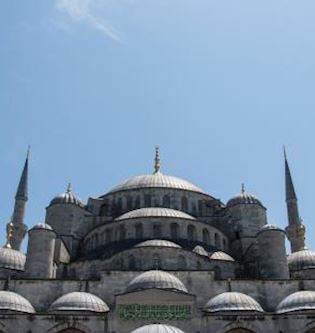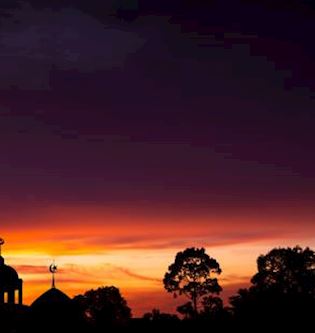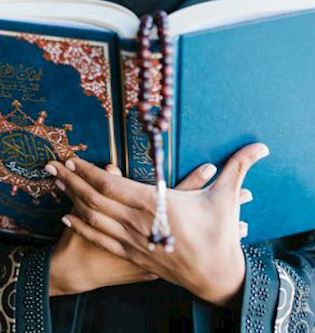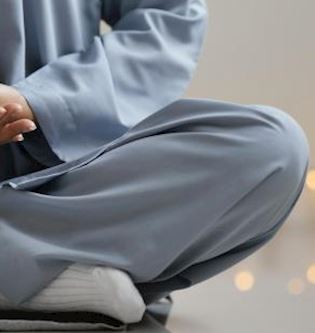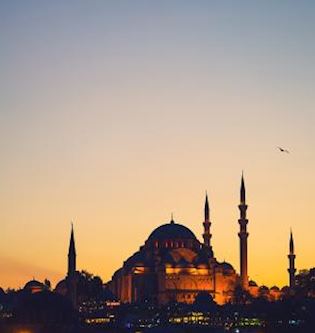The 4 & 5th day of Hajj 11-12th Dhul-Hijjah: A step by Step by guide to Rules and Rituals of Hajj
On the 12th of Dhul Hijjah, pilgrims in Hajj you will prepare to leave the plains of Mina, casting your final stones in the act of Rami and drawing their deeply transformative journey to a close.
The 12th Dhul Hijjah, in particular, marks a poignant moment in the Islamic calendar, as it signifies the conclusion of the sacred pilgrimage of Hajj. As you perform hajj, the pilgrims’ hearts brim with a mix of joy and solemnity as you stand shoulder to shoulder with diverse backgrounds dissolving into a collective expression of faith.
The day will resonate with the echoes of unity and equality that define the essence of Islam. From the plains of Arafat to the Masjib Al Haram hajj pilgrims embody a microcosm of the Islamic ummah, united in their purpose and undistinguished by race or status. It is a day when the teachings of the beloved Prophet Muhammad(PBUH) are vividly brought to life, revealing the egalitarian spirit that underpins the Muslim faith.

What are the finalizing of the Rites of Hajj?
The previous days’ rites culminate on the 11th, 12th, and 13th of Dhul Hijjah with a ritual steeped in symbolism: the Rami. Pilgrims cast pebbles at the three jamarat, signifying their rejection of temptation and their resolve to stand firm against evil.
The stones, you had collected for Muzdalifah, are hurled with intention, each one marking a pledge to renounce sin. Remember you don't have to hit the pillar, only that stones fall within
- 7 pebbles for the 10th of Dhul Hijjah
- 21 pebbles for the 11th of Dhul Hijjah
- 21 pebbles for the 12th/13th of Dhul Hijjah
As you have already pelted Jamarah al-Aqaba on the 10th Dhul-Hijjah, you will now spend one or two days pelting Jamarah al-Wusta (the medium or middle pillar) and Jamarah al-Ula or al-Sughra (the small pillar). Take your time as there will be large crowds of people rushing to finish rumi- and not being careful could lead to people getting hurt.
Jabir ibn Abdullah I reported:
Allah’s Messenger ﷺ flung pebbles at Jamarat on the Day of Nahr after sunrise and after that (i.e. on the 11th, 12th and 13th of Dhul Hijjah when the sun had declined.
[Muslim]
Remember to aim for the pot rather than the pillar. The pelting is still valid if it hits the pillar and lands in the pot. If the pebble hits the pillar but doesn’t land in the pot, the throw won’t count, and another pebble must be thrown- that's why you gathered extra pebbles.
Also, don't lose your etiquette when pelting the Jamarat. Some people throw objects like shoes and umbrellas out of rage, which is not permissible in Islam. This can also lead you to hit someone accidentally or you get hurt.
Remember Eid Al-Adha is also ongoing- for Eid days or days of Tashreeq are 11th, 12th, and 13th of Dhul Hijjah- as Hajj pilgrim as soon you are done with qurbani/hadi you will do tawaf, and then come back to Mina- to continue the above steps.
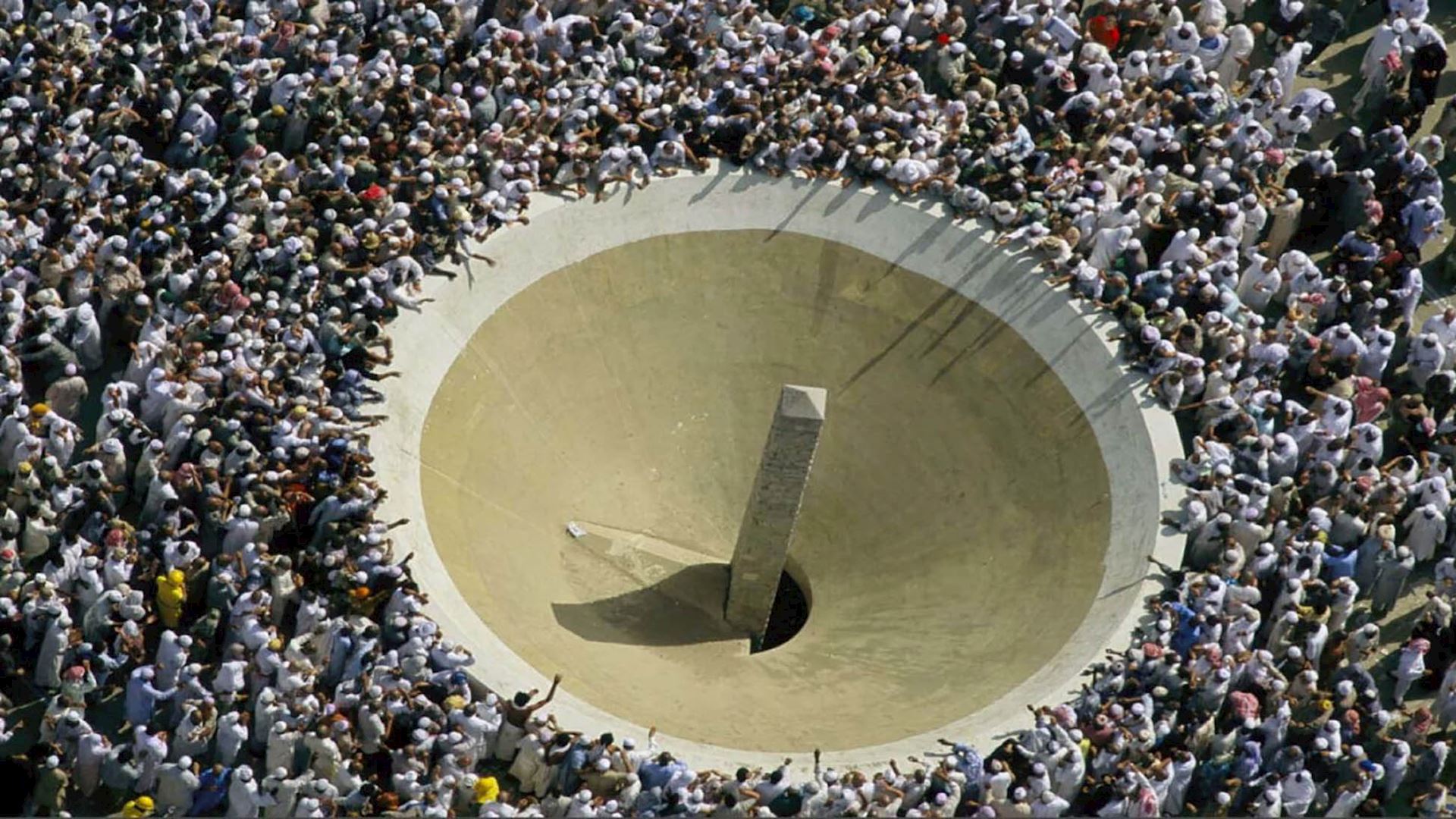
Engaging in Dua and Worship
After the completion of Rami pilgrims return to the encampment in Mina, where the rhythm shifts towards reflection and worship. The camps now resonate with the sounds of supplication and the murmur of Quranic recitation. Pilgrims, having cast their stones, now cast their prayers to the heavens, each dua a personal conversation with their creator Allah(swt).
This day is not only about ritualistic worship but is an opportunity to engage in a personal dialogue with Allah(swt). As your hearts, are softened by the trials and triumphs you went through Hajj. It is a time for voluntary prayers, seeking forgiveness, and making resolutions that will shape the rest of their lives.
As the sun sets on the 12th of Dhul Hijjah, pilgrims continue to perform acts of worship through recitation and prayers.
Leaving Mina and Heading to Mecca
The departure from Mina is marked by the collective sense of completion and camaraderie among the pilgrims as they make their way to Mecca. As much as the journey was physically challenging it also encapsulates the incredibly special spiritual journey and the profound emotional and spiritual transformation they have undergone. The companionship of fellow pilgrims, once strangers but now bonded through shared experiences, is a source of comfort and strength as they prepare for the final rite of Tawaf al-Wida.
As you enter Mecca, you will be greeted by the sight of the holy Kaaba once more, and the sense of awe and reverence this time is different. It is a homecoming of sorts, a return to the epicenter of faith, where your journey of Hajj began.
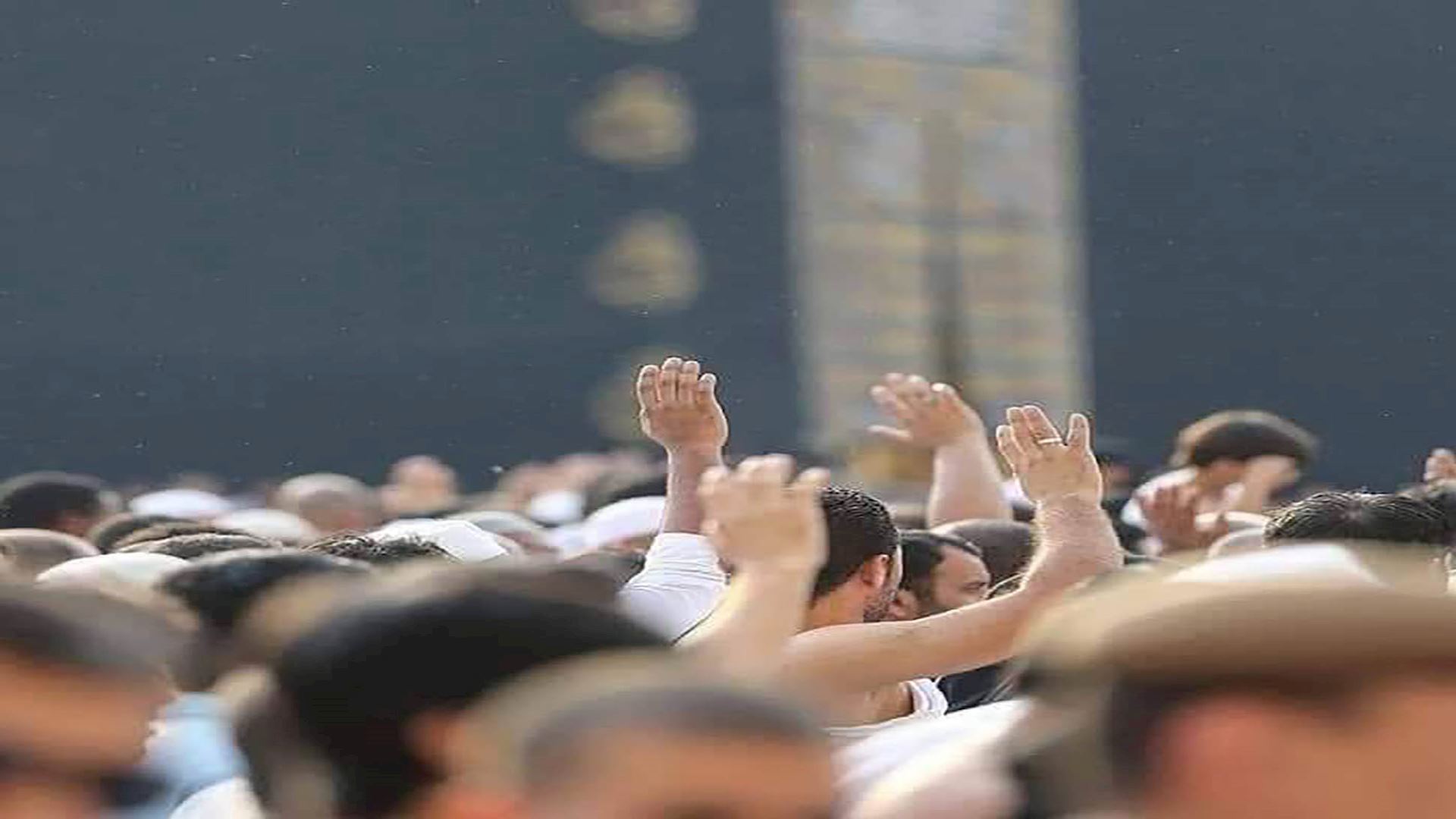
What is farewell Tawaf Al-Wida?
Tawaf al-Wida, the farewell circumambulation, is a poignant conclusion to the pilgrims’ blessed journey. Pilgrims walk the seven rounds around the Kaaba, The farewell Tawaf is the last rite Muslims must perform.
This Tawaf is Wajib (obligatory) according to Hanafis, Shafi’is and Hanbalis but Sunnah according to Malikis and must be performed before leaving the boundaries of the Haram. Omitting this Tawaf, without a valid reason, is not deemed lawful in Islam.
Ibn Abbas (RA) narrated:
“The people were ordered to perform the Tawaf al-Wida as the last thing before leaving (Makkah), except the menstruating women who were excused. “ [Bukhari]
The completion of Tawaf al-Wida is marked by two rakats of salah, performing fajr salah, and the drinking of Zamzam water, a final spiritual sustenance for the journey ahead.
This final act of worship, which takes place on yawm al nahr, is mandatory for all pilgrims who have traveled from beyond the Miqat boundaries, a last homage to the sacred House of Allah Islam that is Hajj.
There is no Sa’i or shaving/trimming of the head after this Tawaf as you previously had to with other tawaf. With this tawaf completed you have no obligatory acts of Hajj.
Can all pilgrims perform the farewell tawaf, Tawaf al-Wida?
No, only pilgrims who have traveled for Hajj from outside the Miqat boundaries are required to perform the farewell tawaf, Tawaf al-Wida.
Can Menustrating Women Perform Tawaf?
Menstruating women and pilgrims residing within the Miqat boundaries are exempt from performing Tawaf al-Wida, a merciful concession from the rigors of the Hajj rites.
This is Prophet Muhammad(PBUH) said to Hazrat Aisha:
Aisha said, "We set out with the sole intention of performing Hajj and when we reached Sarif, (a place six miles from Mecca) I got my menses. Allah's Messenger came to me while I was weeping. He said 'What is the matter with you? Have you got your menses?' I replied, 'Yes.' He said, 'This is a thing which Allah has ordained for the daughters of Adam. So do what all the pilgrims do except the Taw-af (Circumambulation) round the Ka'ba." [Bhukari]
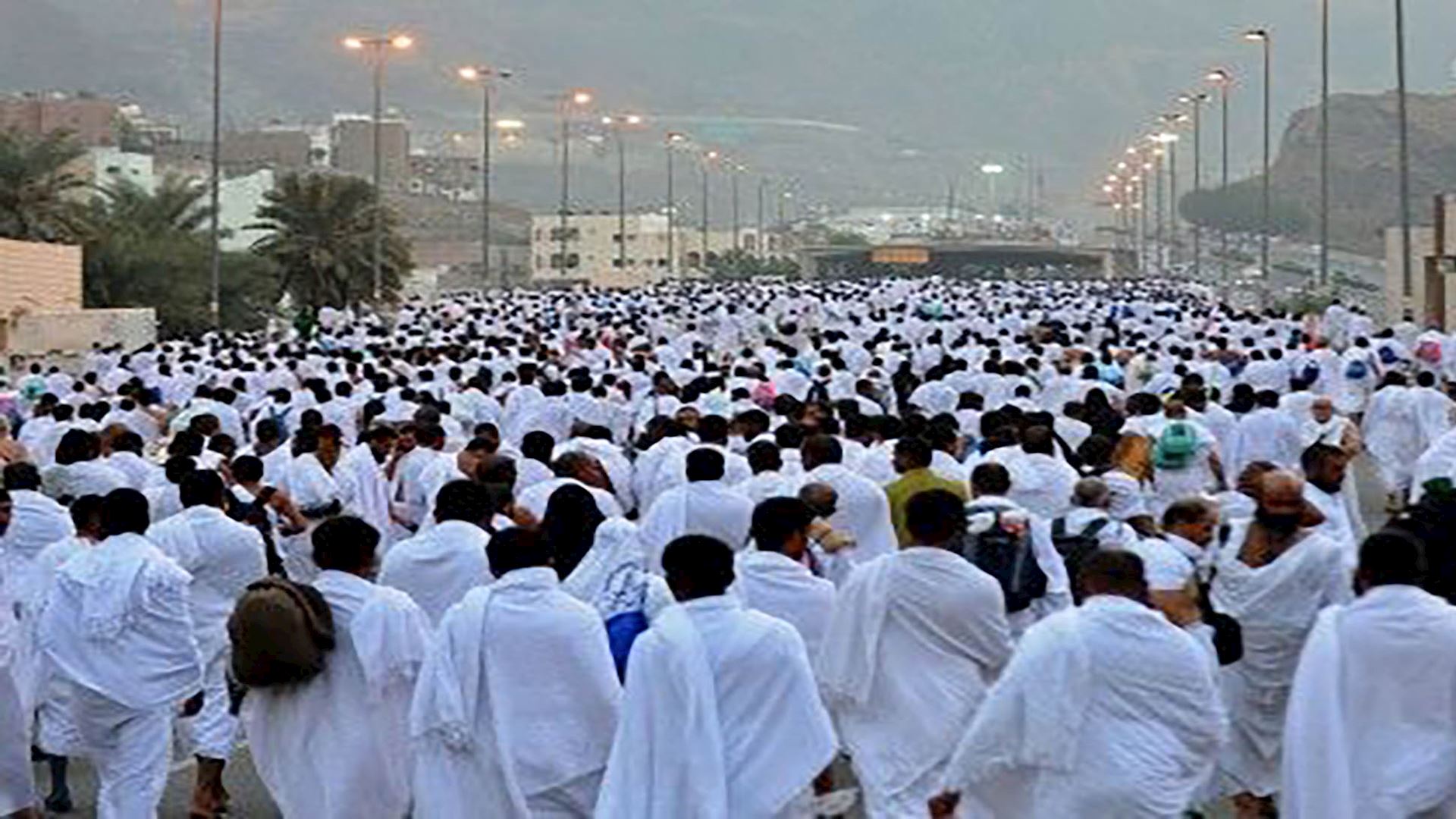
What is the transition from Pilgrim to Everyday Life?
Stepping off the plane and into the embrace of their homeland, pilgrims confront the reality of their everyday lives, a stark contrast to the spiritual sanctuary they left behind. The days of performing Hajj enveloped in a cocoon of worship. While performing Hajj pilgrims were far away from normal facilities, nor had anything to do with other normal daily life rituals- such as going to work, or school, or even such things as shopping or watching TV.
Yet, with the honorific titles of ‘Hajji’ and ‘Hajja’ bestowed upon them, pilgrims are reminded of their sacred obligation to exemplify the virtues of their pilgrimage and hold on to the spirit of Hajj.
How can pilgrims maintain the spirit of Hajj upon returning to their daily lives?
Pilgrims can maintain the spirit of Hajj by integrating by remembering that the Hajj spirit—is a profound sense of connection to Allah and the ummah—and it does not end with the return flight home. It is a flame that must be nurtured to continue illuminating the pilgrims’ path. In your pursuit of a sin-free life becomes a daily pursuit, with immediate repentance becoming a reflex in the face of mistakes. The state of ihram may have been left behind, but the state of purity it symbolizes remains a goal for everyday life. Many will find themselves turning to salah, fasting, and the Quran with renewed vigor after Hajj.
Yet, the essence of Hajj transcends ritual worship; it is about embodying the values of:
- patience
- compassion
- equality
- simplicity
- reliance on Allah
in the pilgrims’ interactions with family, work, and society. These virtues, once practiced amidst the throngs of Mecca, now become the guiding principles in the pilgrims’ local communities. By living these teachings, the pilgrims maintain the spirit of Hajj, fostering a culture of understanding and unity that mirrors the global brotherhood they joined during their blessed journey.
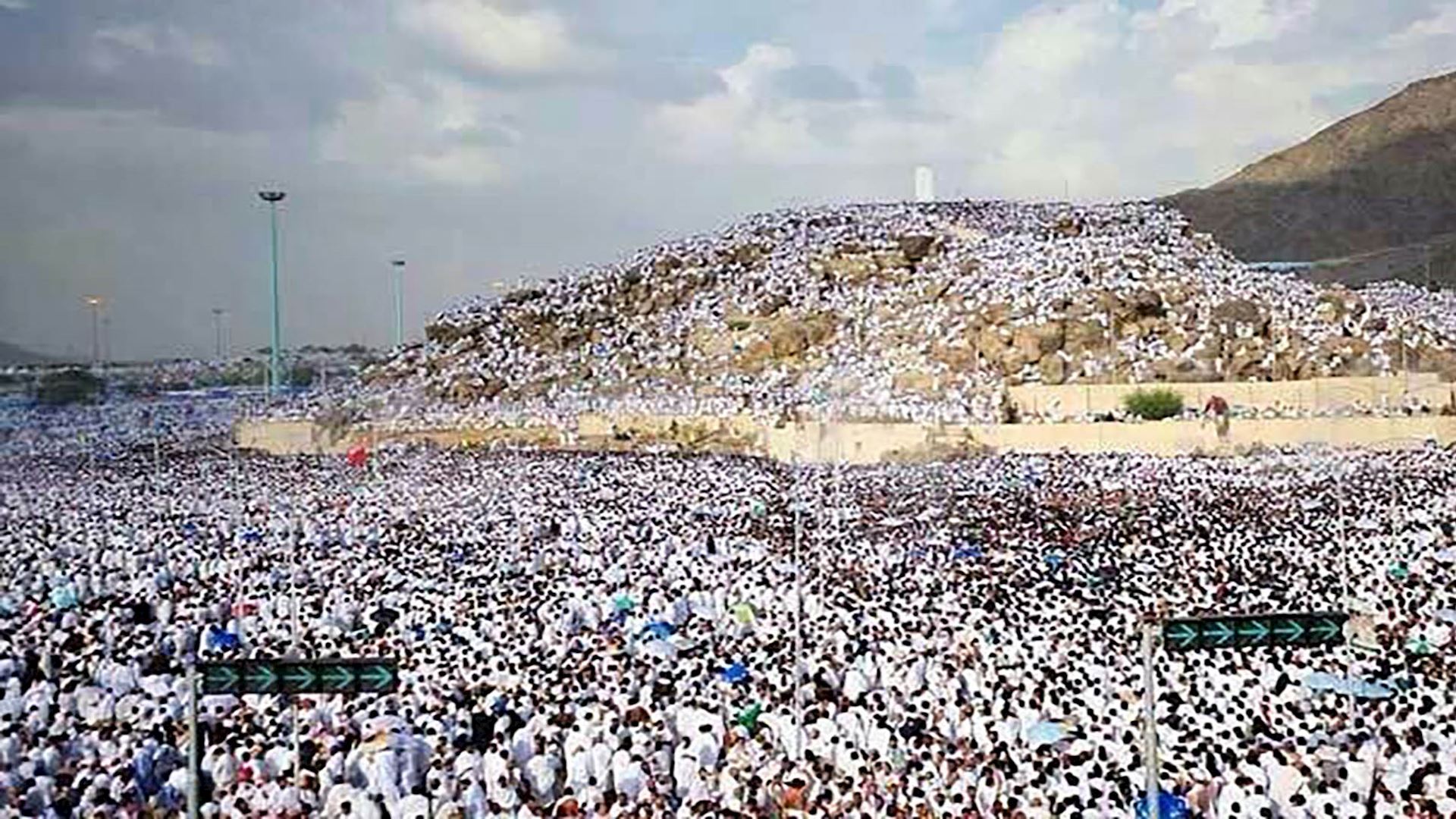
Frequently Asked Questions
When is Hajj 2024?
As the twelfth month of the Islamic lunar calendar, Dhul Hijjah holds a treasure trove of spiritual milestones. The first 10 days are a period steeped in devotion, where the Muslims visit the holy city, Mecca, and fulfill their Islamic obligation of Pilgrimage. Their every step is a testament to their fulfillment of a divine commandment of stripping themselves on worldly garments - and putting on the Ihram.
What is Ihram?
Ihram is intention and clothing special to the pilgrimage period. Wether it be Hajj or Umraah. It has its own rules and you only can get out of the state of Ihram at the end of the completing Hajj/Umraah.
What is the day of Arafah?
Day of Arafah is the second day of Hajj and one of the most virtuous days of the year.
Where is Hajj performed?
Hajj rituals are performed in Holy masjid al haram and it's surrounding areas- such as Mina and Arafah.
What do pilgrims do in Muzdalifah?
Muzdalifah is between Mina and Arafah- pilgrims heading to both places go through Muzalifah. And on their journey back from Arafah spend the night in Muzdalifah.
How can you give Qurbani/Udiyah during Hajj?
Hajj authority workers in Mecca arrange for you to give Qurbani/Udiyah with ease during Hajj in Mina. Qurbani or Udiyah is part of the religious ritual without it your hajj will not be complete.
What is the purpose of the stoning of the devil, or Rami, during Hajj?
The purpose of the stoning of the devil, or Rami, during Hajj, is to symbolize pilgrims' defiance against temptation and evil, following the example of Prophet Ibrahim and declaring their commitment to Islam. It is a ritual that signifies the pilgrims' determination to resist the whisperings of the devil.
What is the significance of the 12th Dhul Hijjah in the Hajj pilgrimage?
The 12th Dhul Hijjah in the Hajj pilgrimage is significant as it marks the completion of the pilgrimage and signifies unity and equality among Muslims during this special spiritual journey.
What changes might occur in the lives of pilgrims after performing Hajj?
After performing Hajj, pilgrims may undergo a deeper spiritual connection, adopt new habits, and take on leadership roles in their communities, influencing others with their insights and experiences. This can create a positive impact on their lives and the lives of those around them.







